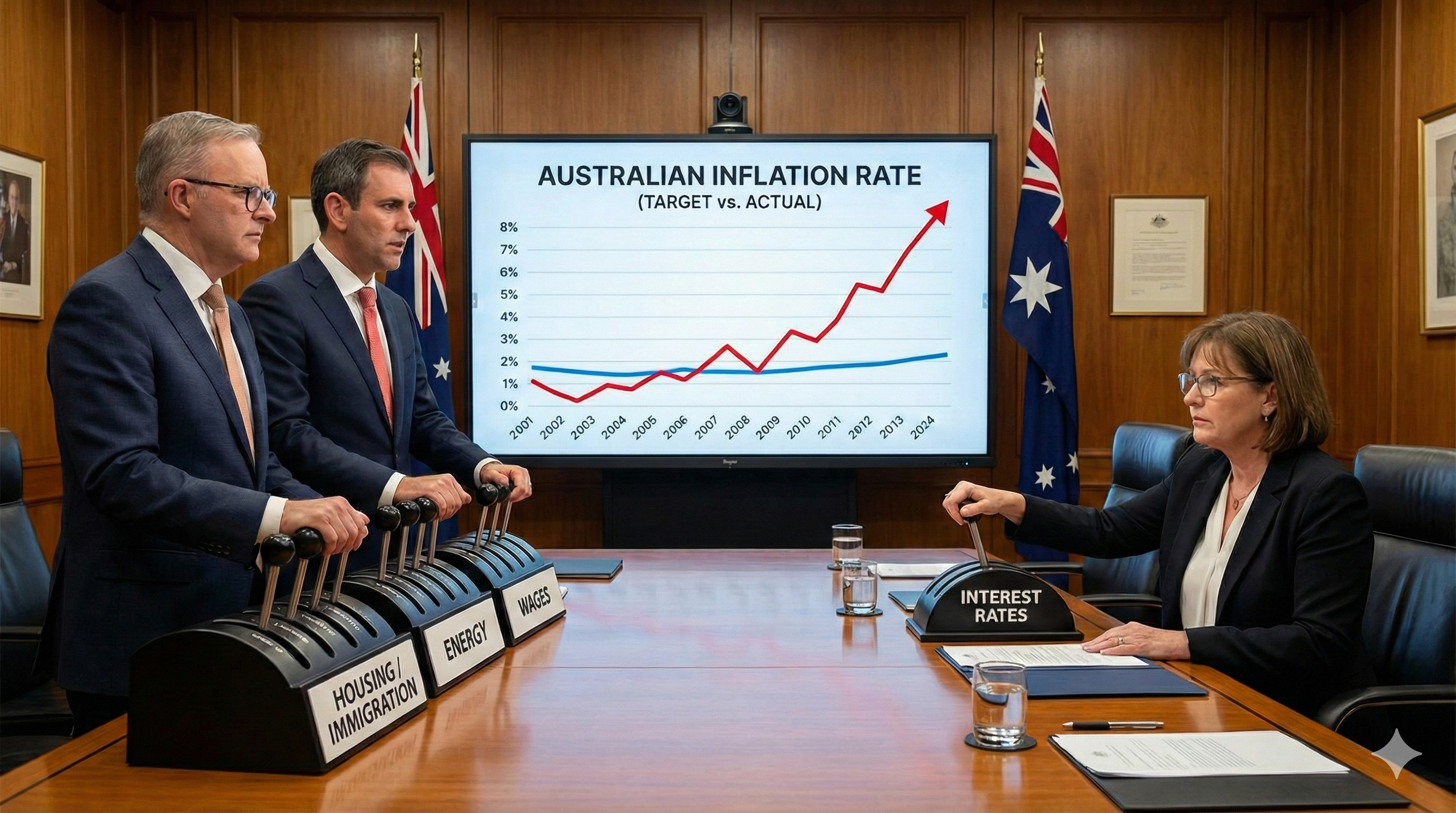Why is MMT the new black?
Modern Monetary Theory or MMT seems to be being discussed everywhere lately, and a number of high profile debates between the economic establishment such as Paul Krugman, Ken Rogoff, Jerome Powell and Larry Summers on one side and MMT advocates (most of which are not economic luminaries) have broken out.
The key difference in the two camps appears to be:
- MMTers suggest the current system is not working and that Governments can (and should) print money to create demand, and if done right, the printing need not be inflationary.
- The economic establishment (monetarists generally) suggest MMTers are wrong, that money printing will be inflationary and there are numerous examples of Governments spending too much and creating inflation.
Both sides usually start with “if you consider my model of how the world works” and then continue on to demolish the other sides’ argument using only their own way of looking at things.
My take is that both sides are the man whose only tool is a hammer, and every problem looks like a nail.
The economic establishment’s hammer is interest rates. The developed world clearly has a demand problem and the interest rate lever cannot be pulled much lower in most developed markets. Inflation is largely non-existent, debt levels continue to rise and the Japanese experience suggests that doing more of the same and hoping things will turn around simply doesn’t work.
The MMTers are obsessed with money printing that is diverted into government spending as a solution. Where they diverge from my version of reality is where (some MMTers) start to suggest that zero interest rates and increases in government spending offset by increases in tax will be able to control inflation. I suspect MMT theory will be a bit like Marxist theories – it might work well in a utopia but once humans get involved the theory is no match for self-interest and gaming the system.
However, I have a lot of more sympathy for the MMT arguments at this point in the cycle – if you are going to print money it is far more efficient to give it to governments rather than to buy government debt and hope that low-interest rates will spark demand.
From my position, the monetarists have had 20+ years in Japan and now 10+ years in the rest of the world to show that they can create demand and inflation. They have failed. Monetarists have shown they can prevent inflation from getting too high (after inflation was out of control in the 1970s and 1980s), but what monetarists have not shown is that they can prevent inflation from getting too low – all they are capable of is blowing debt bubbles.
So, in my view the implement of choice to get us out of a lowflation problem is unlikely to be a monetarist solution and more likely to be a version of money printing, so the tool to use at the moment is likely to look more like MMT than continuing to lower interest rates and while hoping for a different result.
Central Bank Taxable Income
A different solution, combining elements of both that I like would be to give the central banks another lever to pull - explicit money printing, with a catch. The catch is that rather than using the money printing to buy government debt, central banks give the money directly to the population as taxable income.
The key benefits: (1) it helps reduce inequality (2) the money goes to the people most likely to spend it and create more demand and employment (3) the increase in tax revenue means governments can reduce debt/have more incentive to spend and get them away from the austerity nonsense (4) as the central bank has the mandate rather than politicians, there is more likely to be restraint shown at the top of the cycle.
A welcome side effect would be that you could increase the interest rate floor – it is clear that lowering interest rates too far creates problems with asset bubbles – but if you let central banks print taxable income for the people then maybe the interest rate floor could be 3 or 4% - high enough to discourage the build-up of too much debt.
So, the change to mandate for central banks might be relatively minor - they keep their steady inflation mandate with the option to use either interest rates (usually for inflation that is too high) or printing taxable income (for inflation that is too low).
Postscript
MMT has flaws, but so does our current economic system. MMT has some attractive elements that could be incorporated into our current system and it is relatively clear to me that repeating the same monetarist policies that got us where we are today (and Japan to where it is today) is unlikely to work and that inequality needs to be reduced.
If the voting of Trump, Brexit, extremist parties in Europe and the Yellow Jacket protests in France have not convinced the economic establishment that something needs to change, then I fear for what kind of event will be significant enough to spark change.







